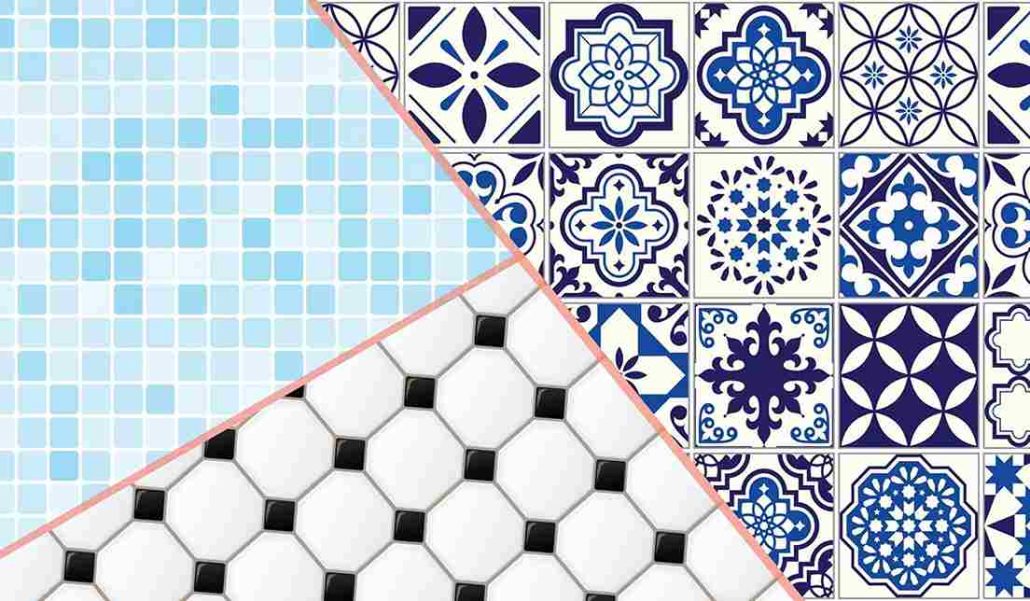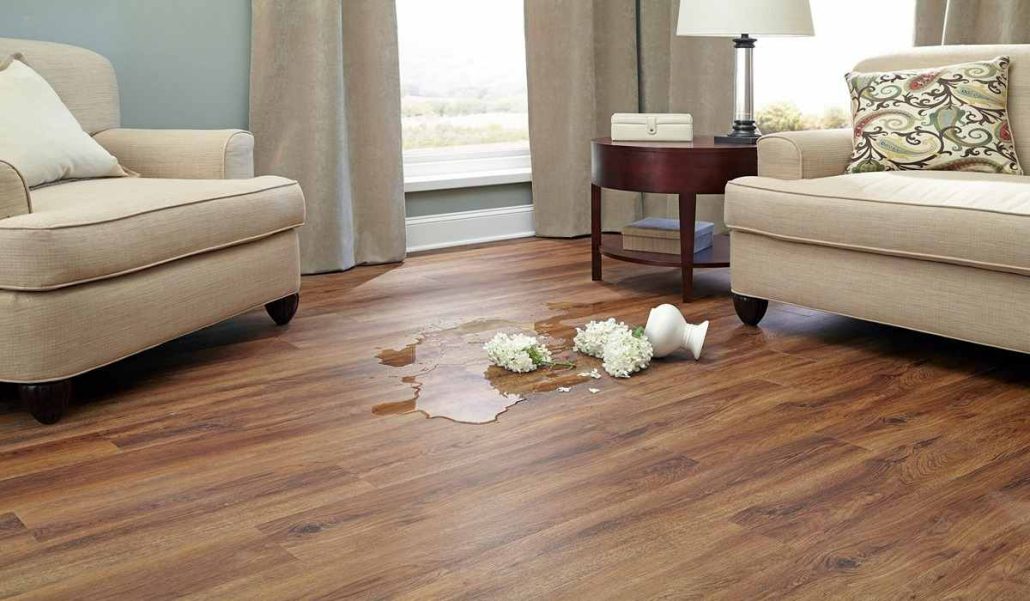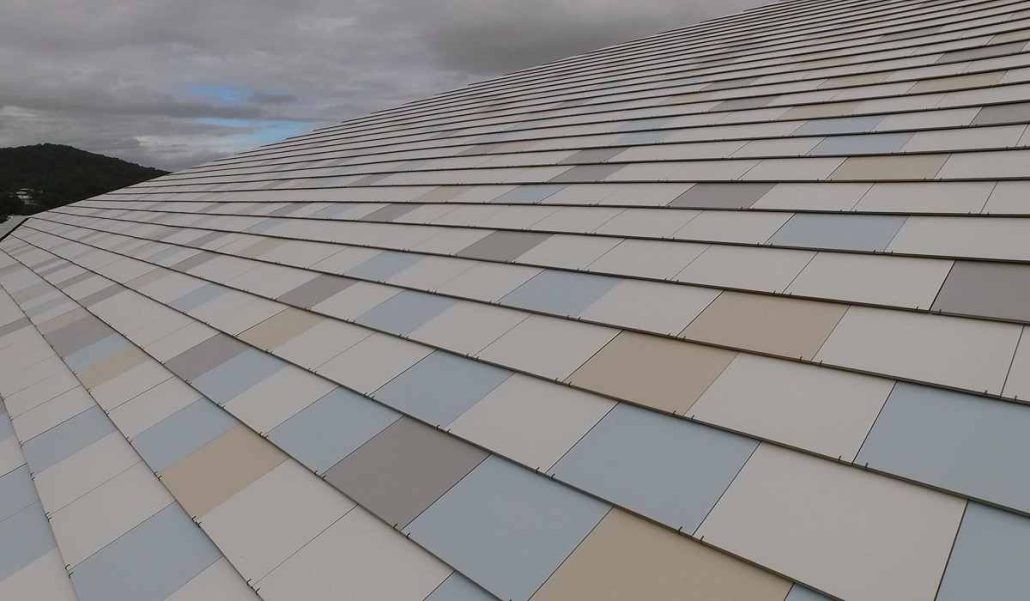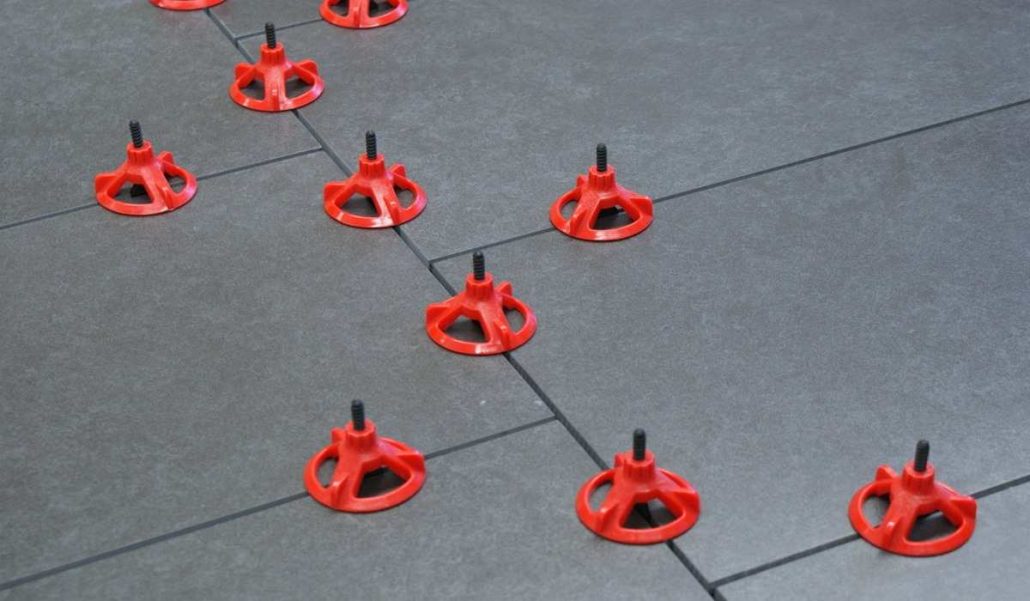This section covers the processes involved in determining the quality of marble tiles. Marble is a natural stone that is frequently used in various buildings, including places of worship, public and private buildings, and offices.
In addition to being used as flooring, marble tiles are also found in applications such as backsplashes, countertops, facades, and decorative wall coverings. It is recommended to use high quality marble because it has a longer life. There are various methods and methods to evaluate the quality of marble.
A home owner should check the quality of marble tiles in person before purchasing them. Below are some ways that can give you a general idea about the quality of marble:
Step 1 Flip the marble tile over so you can examine the back side.

If the back of the tile appears to be covered with lace or lace, this particular marble is more delicate than the others.
The mesh is made of fiberglass resin and is applied to the stone to be more resistant to cracking and breaking. This particular marble may not be suitable for high-traffic applications, not because it is more likely to crack, but because it is more likely to be scratched or etched.
Step 2 Examine the surface of the marble while holding it at a 45 degree angle and looking at it under the light. Marble may be “filled” in small holes or cracks in the surface if there are small dull spots on the polished surface.
Step 3 Check the surface of the marble for veins, and then turn the tile over to look at the back of the stone for cracks or splits in the same area. It is not uncommon to find small cracks in certain stones. However, this does not affect the quality or use of the stone in wall applications or low traffic areas.
The fourth step is to ask for the full name of the marble. For example, the quality of the stone known as Thassos AAA is superior to the more common Thassos stone. Ask more about the hardness of the stone.

Despite the fact that the stone in question has a high coefficient of hardness, the tile in question is of poor quality because it appears to have fiberglass resin, filling or breakage.
These features may be present in a stone with a lower hardness coefficient, but it does not change the overall quality of the stone or how it is used.
Stone can be cut with a variety of tools, although chisel blades are usually the most effective.
Several methods to evaluate the quality of marble on site:
Check that all parts are uniform in color, size and quality if necessary.
It is recommended that only one side of the marble is polished while the other four sides are machine cut.
It should be smooth and its thickness should be constant throughout. Uneven floors and the possibility of damage to the home are both consequences of thicknesses that are not uniform throughout.
Checking marble tiles is essential to ensure they are even, as unevenly sized tiles are more difficult to cut, install and grout. More material will be wasted.
In addition to the front facing surface, the back of the marble slab should also be examined. If the back surface has wire mesh attached to it, you should avoid such plates because manufacturers put wire mesh on fine or soft marble.
To get a feel for how it looks after polishing. If water is splashed, unpolished marble will almost look like polished marble.

If you notice any dull surfaces or spots when evaluating the surface of the marble under a 45-degree light, this is evidence of poor quality marble.
These patches of darkness are caused by cracks that are filled with chips. This particular type of marble is not suitable for use in high traffic areas.
Always make sure to check the veins on the surface of the marble. When you go out to buy a stone, turn it over and look for breaks or cracks.
On the surface of the marble, sometimes microscopic veins and cracks can be found in close proximity to each other. Plates with minor cracks are acceptable in areas with little foot activity. If there are wide cracks, this indicates that the marble is not of high grade.
Scratching the marble surface is another way to determine if artificial color has been applied to it. If it doesn’t scratch easily, the marble is likely artificial and the color may fade after installation. The scratch resistance of original marble is relatively low.

Your kitchen, bathroom or living room will benefit greatly from the natural look of marble tiles. Marble has been used as a material for floor tiles for a long time and now it gives excellent results.
With the veined structure and diverse color possibilities available with marble tiles, anyone who wants a rich and stunning design home or office can create the living environment of their dreams. Marble tiles can be used in both environments.










Your comment submitted.